12C Series Cast Iron QD Sheaves for C Belts
12C series twelve-groove QD bushed sheaves are manufactured for C, CX, banded belts, and CC v-belts; they range from 9.40″ to 50.40″ in diameter. Depending on the sheave size, they are made to use either J or M QD (quick detachable) bushings, which we also stock. Most of our 12C QD sheaves are manufactured from a high-strength grade 35 cast iron, are phosphate-coated, and are painted for anti-corrosion. All of them are balanced at the factory for smooth machinery operation.
12C Series Cast Iron QD Sheaves
12C series twelve-groove QD bushed sheaves are manufactured for C, CX, banded belts, and CC v-belts; they range from 9.40″ to 50.40″ in diameter. Depending on the sheave size, they are made to use either J or M QD (quick detachable) bushings, which we also stock. Most of our 12C QD sheaves are manufactured from a high-strength grade 35 cast iron, are phosphate-coated, and are painted for anti-corrosion. All of them are balanced at the factory for smooth machinery operation.
12C QD Sheave Size Chart
| Size | Bushing Type | Type | Pitch Diameter | Outside Diameter | (E) | (F) | (L) | (M) | Sheave Weight (LBS) |
|---|---|---|---|---|---|---|---|---|---|
| 12C90J | J | A | 9.0″ | 9.40″ | 2-9/16″ | 12-1/4″ | 4-5/8″ | 5-1/16″ | 80 |
| 12C95J | J | A | 9.5″ | 9.90″ | 2-9/16″ | 12-1/4″ | 4-5/8″ | 5-1/16″ | 88 |
| 12C100J | J | A | 10.0″ | 10.50″ | 2-9/16″ | 12-1/4″ | 4-5/8″ | 5-1/16″ | 95 |
| 12C105J | J | A | 10.5″ | 10.90″ | 2-9/16″ | 12-1/4″ | 4-5/8″ | 5-1/16″ | 110 |
| 12C110J | J | A | 11.0″ | 11.40″ | 2-9/16″ | 12-1/4″ | 4-5/8″ | 5-1/16″ | 111 |
| 12C120J | J | A | 12.0″ | 12.40″ | 2-9/16″ | 12-1/4″ | 4-5/8″ | 5-1/16″ | 127 |
| 12C130J | J | A | 13.0″ | 13.40″ | 2-9/16″ | 12-1/4″ | 4-5/8″ | 5-1/16″ | 137 |
| 12C140J | J | A | 14.0″ | 14.40″ | 2-9/16″ | 12-1/4″ | 4-5/8″ | 5-1/16″ | 150 |
| 12C160J | J | A | 16.0″ | 16.40″ | 2-9/16″ | 12-1/4″ | 4-5/8″ | 5-1/16″ | 170 |
| 12C180J | J | A | 18.0″ | 18.40″ | 2-9/16″ | 12-1/4″ | 4-5/8″ | 5-1/16″ | 205 |
| 12C200M | M | A | 20.0″ | 20.40″ | 9/32″ | 12-1/4″ | 6-3/4″ | 5-7/32″ | 245 |
| 12C240M | M | A | 24.0″ | 24.40″ | 9/32″ | 12-1/4″ | 6-3/4″ | 5-7/32″ | 285 |
| 12C300M | M | A | 30.0″ | 30.40″ | 9/32″ | 12-1/4″ | 6-3/4″ | 5-7/32″ | 355 |
| 12C360M | M | A | 36.0″ | 36.40″ | 9/32″ | 12-1/4″ | 6-3/4″ | 5-7/32″ | 420 |
| 12C440M | M | A | 44.0″ | 44.40″ | 9/32″ | 12-1/4″ | 6-3/4″ | 5-7/32″ | 515 |
| 12C500M | M | A | 50.0″ | 50.40″ | 9/32″ | 12-1/4″ | 6-3/4″ | 5-7/32″ | 575 |
Features of V-Belt Pulleys
V-Belt Pulleys have several benefits. These include higher operating torque and frictional protection. In addition, they provide mechanical redundancy. These benefits are important for any type of manufacturing process. In this article, we’ll discuss some of these features.
Mechanical redundancy
V-Belt Pulleys(12C Series QD Sheaves) are commonly used in automotive applications to transfer power from a stationary motor to a rotating part. They are challenging to design and evaluate due to the complex loading conditions and installation environment. Hence, the design of v-belt pulleys should be carefully considered.
A V-Belt’s cross-section is generally a trapezium with parallel top and bottom sides. The cross-section width, top to pitch distance, and pitch width are all important. A V-belt’s inside and outside lengths are also essential to match the belt and pulley properly. In addition, understanding these dimensions will help you select a V-belt’s proper size and shape for your application.
One significant advantage of v-belt pulleys is their ability to distribute torque between several belts. This allows for more efficient transmission and more excellent load capability. Additionally, V-belts are very durable and can withstand high loads. This means that they can be used in industrial applications with a wide range of horsepower.
Protection from frictional damage
V-Belt Pulleys must be protected from frictional damage. Frictional damage can cause a slipping belt to fail. Fortunately, there are several ways to prevent this problem. These methods include replacing worn pulleys. In addition, modifying the design of a pulley can also improve its durability.
One of the easiest ways to protect v-belt pulleys from frictional damage is to ensure that the belts are correctly aligned. This is critical because misalignment can cause the belt to stretch. When the belt is not aligned correctly, the auxiliary belt span makes initial contact with only one side of the groove. This causes excessive belt whip, which can damage the belt and bearings.
V-belts can be protected from frictional damage by using a polyurethane belt. Polyurethane belts are higher in density and coefficient of elasticity than rubber. They also have a higher thermal resistance than rubber.
Higher operating torque
The higher operating torque of V-Belt pulleys is critical for efficient motors and drives. However, the power rating of V-belts depends on several factors. When choosing a V-belt, match the operating torque to the belt’s size. The belt’s strength, the angle of contact between it and the pulley, and the belt speed in m/s are all critical.
The V-Belt comprises a high-tensile cord encased in a rubber or fabric casing. The core provides tensile strength, while the case forms the friction surface that comes into contact with the pulleys. Different belts are available with other properties such as flame resistance, oil tolerance, and anti-static capacity. Generally, V-Belts are made at an angle of 40 degrees, though this can vary. The tip is needed to accommodate the slight bulging of the side of the belt while flexing around the pulley.
Increased belt width
When comparing V-belt pulleys, it is essential to consider their pitch diameter. This is a factor that affects torque and speed. Ideally, the shaft speed should be 15-20 m/s, and the belt speed should be in the same field.
V-belts are made of high-tensile cords embedded in synthetic rubber. The core provides tensile strength, while the casing provides friction when the belt is in contact with the pulleys. There are different types of V-belt construction, including anti-static and oil-resistant. Additionally, some types of V-belts are flame resistant or have flame-resistance properties. The belt angle of V-belts is typically 40 degrees, but this can vary slightly. The rise of the belt is crucial because it accommodates the slight bulging of the side of the belt when it flexes around a pulley.
When selecting a V-belt, ensure the belt fits into the groove. If the belt is more comprehensive, the track is more likely to become worn and reduce the belt’s life by 50%. A V-belt should fit within a half-inch of the pulley surface.
Reduced cost
V-Belt-pulley is widely used in induction motor-driven industrial applications. They offer flexible transmission of power at a low cost. However, they are prone to mechanical defects that reduce their efficiency and overall lifetime. Existing methods of testing V-Belt-pulley require physical access to the system and costly sensors to determine the cause of defects.
As V-Belt Pulleys have short centers, they have a small slip margin. In addition, because the belt is elastic, the load exerted on it causes it to stretch, resulting in a loss of efficiency. This effect is commonly referred to as slip.
The design of new V-Belt Pulleys is changing, and the benefits are many. Many of them are lighter and more durable than grey-iron pulleys. Their unique ventilated grooves also help to lower belt temperatures by approximately 17degC. The 10degC reduction translates to an additional 50% longer belt life.
Technological Processing
Company Profile
Power-trans is a professional manufacturer of mechanical parts. Our main products are belt pulleys, sprockets, taper sleeves, coupling, and other transmission parts. Its products are mainly exported to Germany, Britain, France, and other European countries, with an annual export value of 18 million U.S. dollars, accounting for more than 65% of the total output. The annual output value reached 200 million yuan.
Our products all adopt international, European, and American advanced industrial standards, use precise and good processing equipment, develop reasonable production technology, apply efficient and flexible management systems, and improve the quality management system to ensure that the product quality is good and the price is affordable.
Our factory adheres to the enterprise concept of “quality: the basis of enterprise survival, integrity: the basis of enterprise development, service: the source of enterprise development, low price: the instrument of enterprise development.” We are always looking forward to the presence of customers at home and abroad, seeking win-win benefits and joint cause development.
Warehouse Stock
The warehouse covers an area of 5000 square meters and can provide all kinds of standard models A/B/C/Z, with complete quantity and large quantity in stock. Meanwhile, it accepts all sorts of non-standard customization for drawing production. The daily production capacity is 10 tons, and the delivery time is short.
Packaging & Shipping
Experienced Workers Packing Pulleys Carefully, safe wooden cases keep parts from being injured or damaged during sea or air shipment.
FAQ
Q1. Are you a manufacturer or a trading company?
A: We are a manufacturer and trading company.
Q2. What is your sample policy?
A: We can supply the sample if we have finished parts in stock, but customers need to pay for the sample cost and shipping fee.
Q3. Can you produce according to the samples?
A: We can produce power transmission parts according to your samples or technical drawings. We can build the molds and fixtures.
Q4. Do you test all your goods before delivery?
A: Yes, we have 100% test before delivery.
Q5. Can you customize pulleys?
A: Yes, please send us your drawing for an accurate quotation.
Q6. How long is your delivery time and shipment?
A: 1. Sample Lead-times: 10-20 days.
2. Production Lead-times: 30-45 days.
Q7. How do you make our business a long-term and good relationship?
A: 1. We keep good quality and competitive price to ensure our customers’ benefits ;
2. We respect every customer as our friend and sincerely do business and make friends with them, no matter where they come from.
Q8: What are your advantages?
1. The most competitive price and good quality.
2. Perfect technical engineers give you the best support.
3. OEM is available.
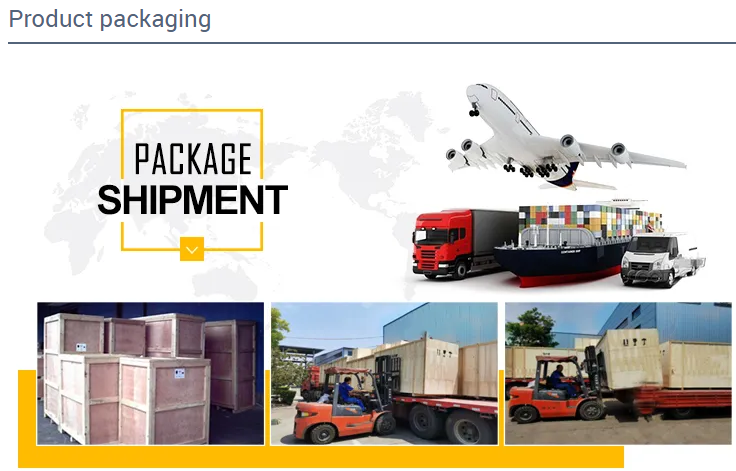
Packing Shipping Delivery
  |
 |
|
 |
 |
|
How to choose power transmissions parts and industrial products which meet our requirement
| Chains | Sprockets | Pulleys | Timing belt Pulley | V-belt Pulley |
| Sheaves | Coupings | Bush &Hub | Gear& Rack | V-Belt |
| Locking Assembly | Pulley | Gearbox | Reducer | Shaft Collar |
| Rod End Bearing | Clevis | PTO | Chain Guide | Belt Guide |
| Rubber Buffer | Chain Tensioner | PTO Drive Shafts | Universal Joints | Roller Chains |
| Conveyor Chains | V-Belts | Worm Gearbox | Helical Gear | Worm |
| Agricultural Chain | CNC Proces Parts | Casting | Stamping | |
| Powder Metallurgy | CNC Proces Parts | Casting | Stamping |
What Products Do you sell ?
We are a group of factories, give customer one stop solution of power transmission and industrial products. We are in the position to supply wide range of products, including chains, sprockets, v-belt and v-belt pulleys, timing belt and timing belt pulleys, gears, speed reducers, motors, racks, couplings, and many other parts, like locking assembly, taper bushing, Chain guide, shaft collar, torque limiter, cam clutch, universal joint, motor base and motor slide, rod end, clevis, rubber mount, etc. We make special parts according to drawings and/or samples.
How to choose a gearbox which meets our requirement?
You can refer to our catalogue to choose the gearbox or we can help to choose when you provide
the technical information of required output torque, output speed and motor parameter etc.
What information shall we give before placing a purchase order?
a) Type of the gearbox, ratio, input and output type, input flange, mounting position, and motor informationetc.
b) Housing color.
c) Purchase quantity.
d) Other special requirements.
What industries are your gearboxes being used?
Our gearboxes are widely used in the areas of textile, food processing, beverage, chemical industry,
escalator,automatic storage equipment, metallurgy, tabacco, environmental protection, logistics and etc.
What is the producing process?
Production process including raw material cutting, machine processing, grinding, accessories cleaning, assemble, cleaning, stoving, oil coating, cover pressing, testing, package.
How to control the products quality?
Combining advanced equipment and strict management, we provide high standard and quality bearings for our customers all over the world.
What is the transportation?
-If small quantity , we Suggest to send by express, such as DHL,UPS, TNT FEDEX. If large amount, by air or sea shipping.
Can we design packaging?
-Yes. Default is regular packing, and we can make customer's own packing.
Can you provide OEM service?
-Yes, we work on OEM orders. Which means size, quantity, design, packing solution, etc will depend on your requests; and your logo will be customized on our products.
Can you give me discount on Power Transmissions Parts and Industrial parts?
-Yes, of course. Pls. send me your Email, you'll get more
Q: Are You a trading company or a manufacturer?
A: We Are the factory and have our Own trading company
Q: How Can I get an offer?
A: please send US quotation information: drawings, materials, weight, quantity and requirements, we can accept PDF, ISGS, DWG, STEP file format. If you don't have the drawings, please send us the samples, we can also quote you according to your samples.
Q: What is your minimum order size?
A: it is usually 100 pieces, but a low quantity is acceptable under some special circumstances.
Q: Do you provide samples? Is it free or extra?
A: Yes, we can provide samples free of charge, but we don't pay the freight.
Q: What is the lead time for mass production?
A: honestly, it depends on the number of orders. Normally, if you don't need the tools, deposit them after 30 days or so.
Q: What if the parts don't Work?
A: we can guarantee the quality, but if it happens, please contact us immediately, take some photos, we will check the problem and solve it as soon as possible.
Q: What are your terms of payment?
A: payment is less than US $1000,100% in advance. Payment: $1000,50% wire transfer in advance, balance before shipment,Other Terms of payment are negotiable

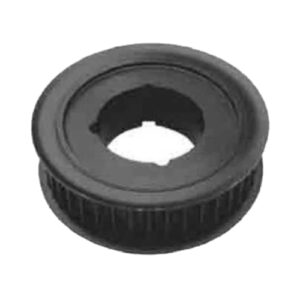
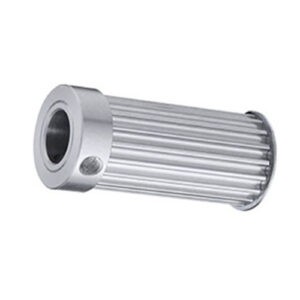
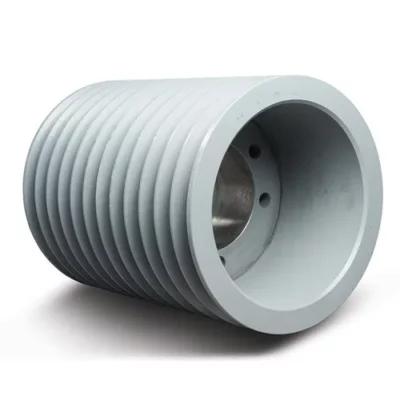
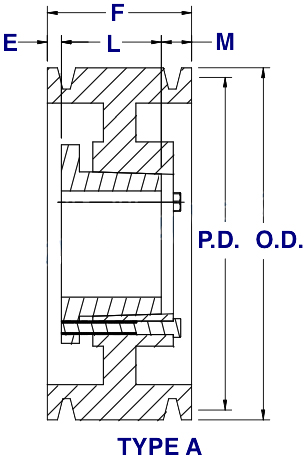
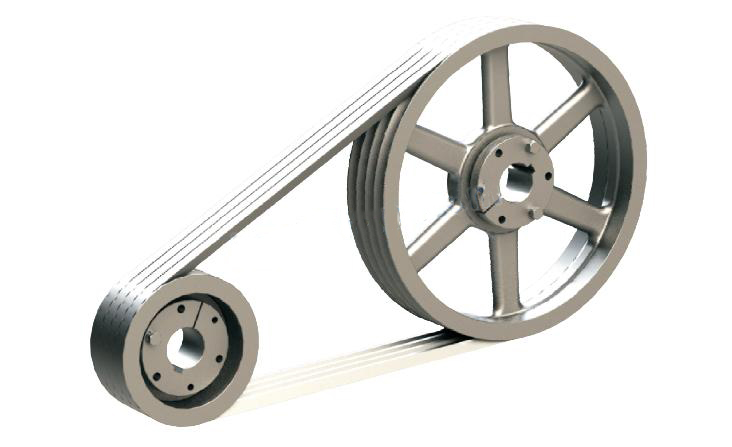
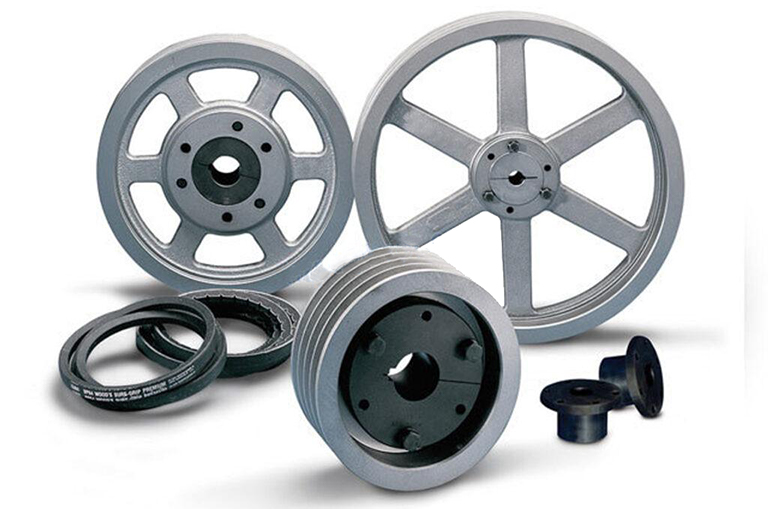
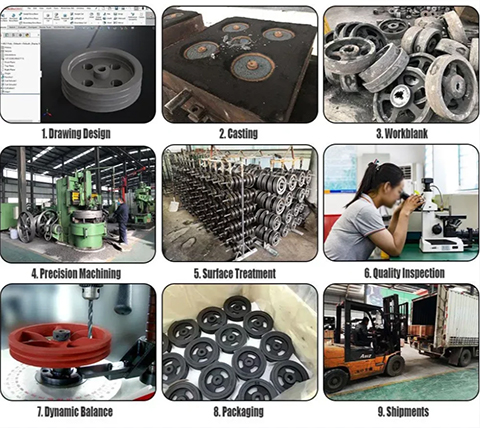
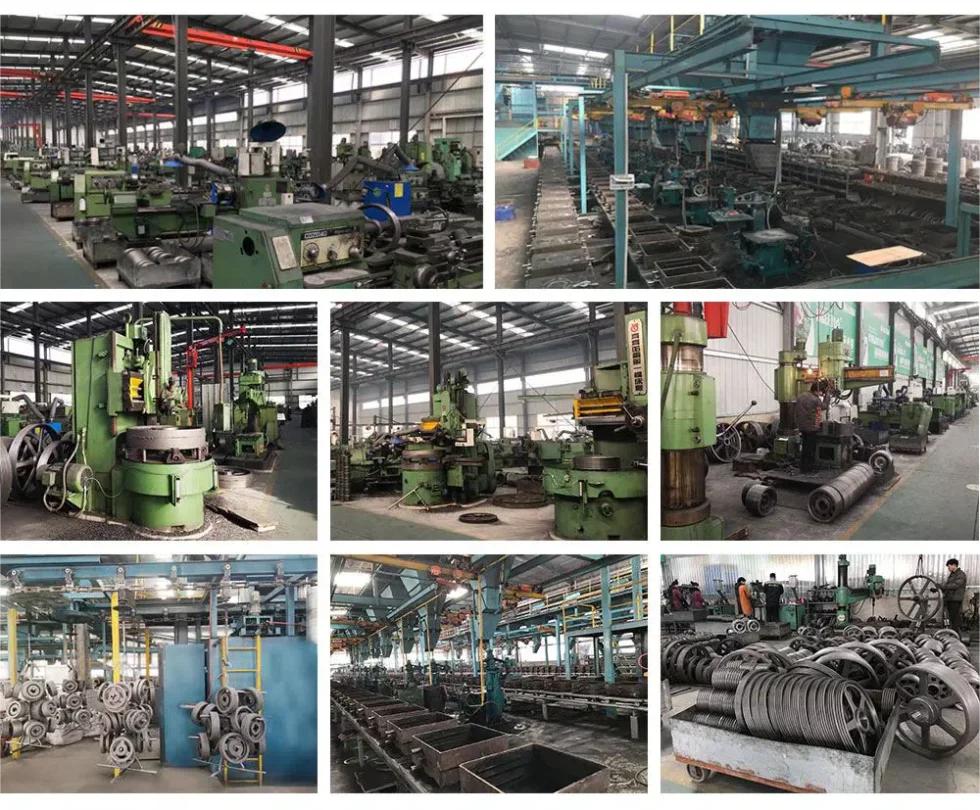
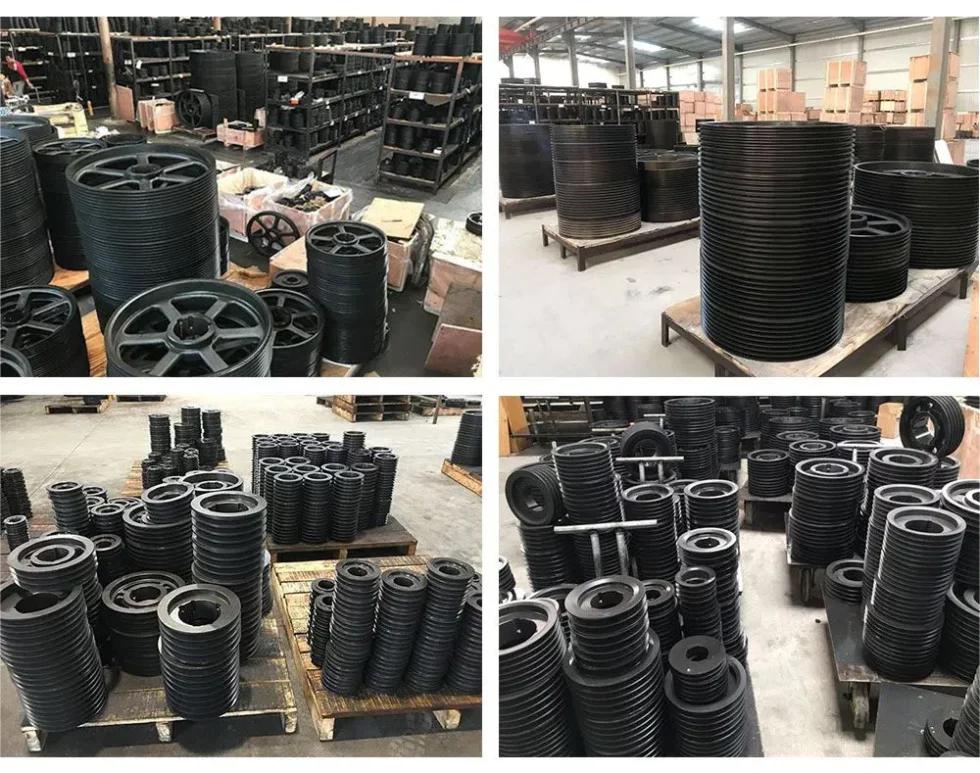

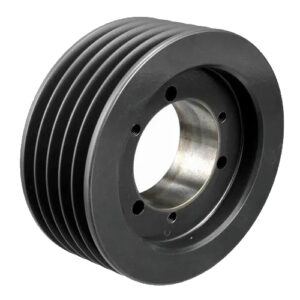
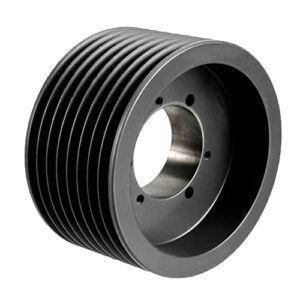
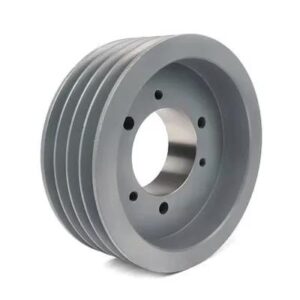
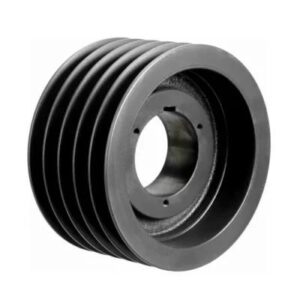
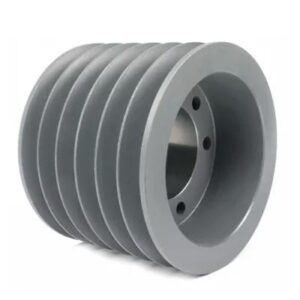
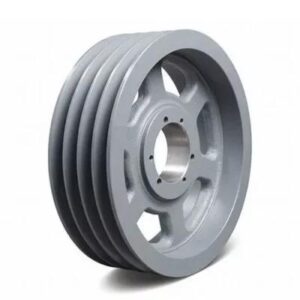
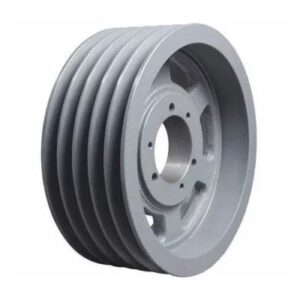
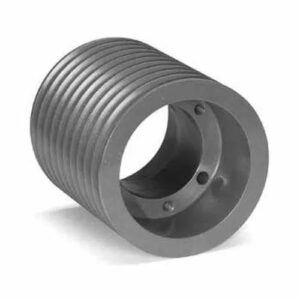
Reviews
There are no reviews yet.